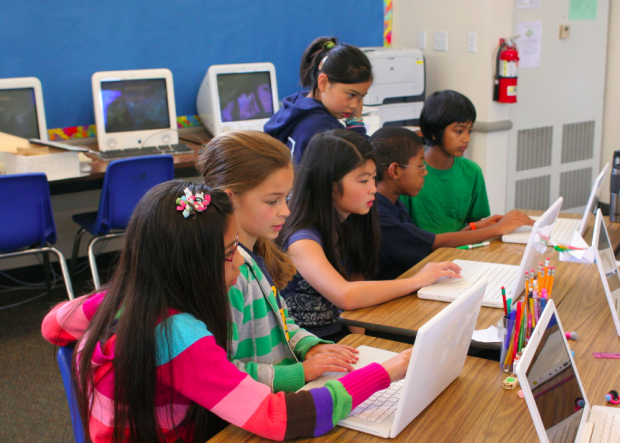Today is Digital Learning Day, a national promotional effort by the Alliance for Excellence in Education to call attention to using technology in schools.
More than 10,000 teachers and 1.5 million students have signed up in support to "celebrate innovative teachers and highlight instructional practices that strengthen teaching and personalize learning for all students," according to the AEE.
To that end, a repost of Adam S. Bellow's Golden Rules of Technology in Schools, as he stated them at the ISTE 2011 conference.
1) DON'T TRAP TECHNOLOGY IN A ROOM. "When I went to school, computers were put in a room called The Lab," Bellow said. "'What are they experimenting with in there, I thought.' Technology wasn't built into what we were doing. It was farmed off in a room, like it was special. Like we were learning how to code, and in case the Russians came, we'd know what to do." Technology should be like oxygen, Bellow said, quoting Chris Lehmann, the founding principal of Science Leadership Academy: Ubiquitous, necessary, and invisible.
2) TECHNOLOGY IS WORTHLESS WITHOUT PROFESSIONAL DEVELOPMENT. Bellow emphasized the importance of making professional development a priority, the importance of time and money being spent to educate teachers on not just an hour-long how-to session, but ways to integrate technology creatively into educators' daily teaching practice in meaningful ways. He told the story of an interactive-whiteboard training guide who made one quick appearance at a school, never to return, leaving teachers still unsure of how to use the technology. There's a world of professional development on YouTube and on Twitter, ironically sites that most schools block (see Number 4.)


